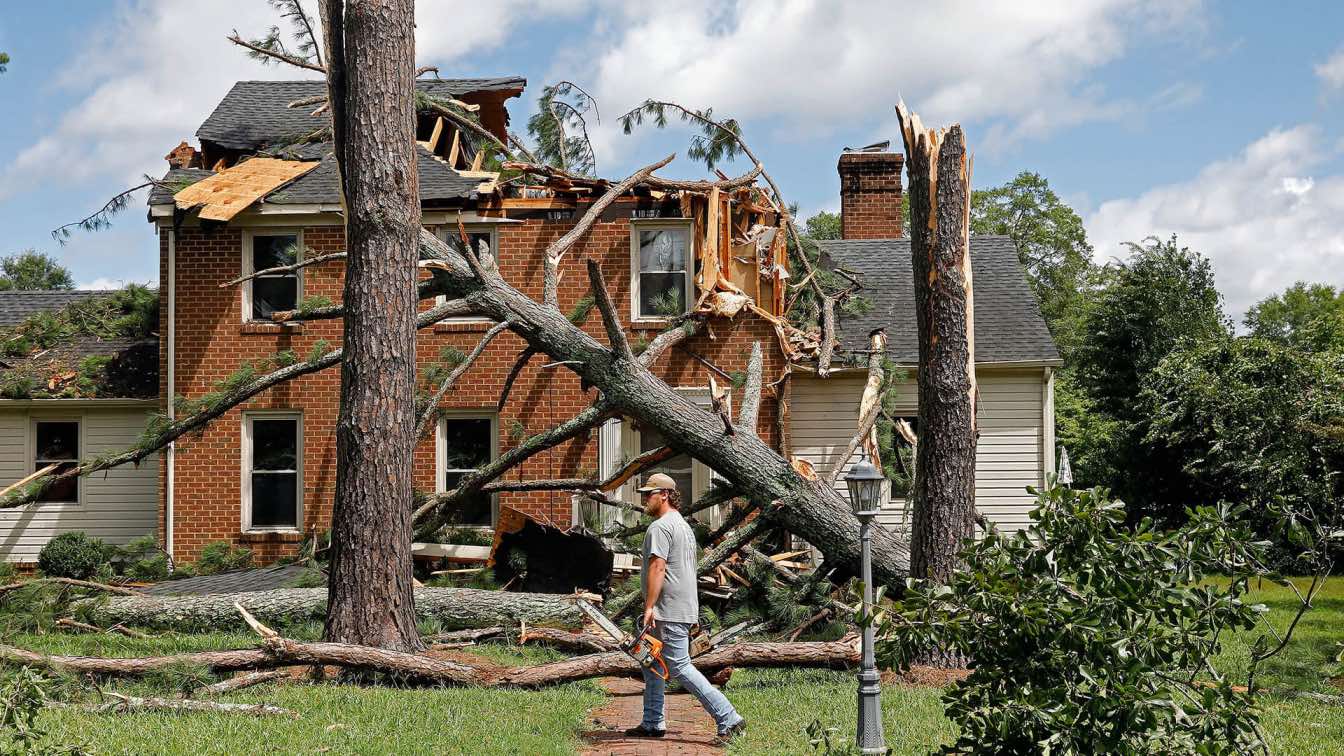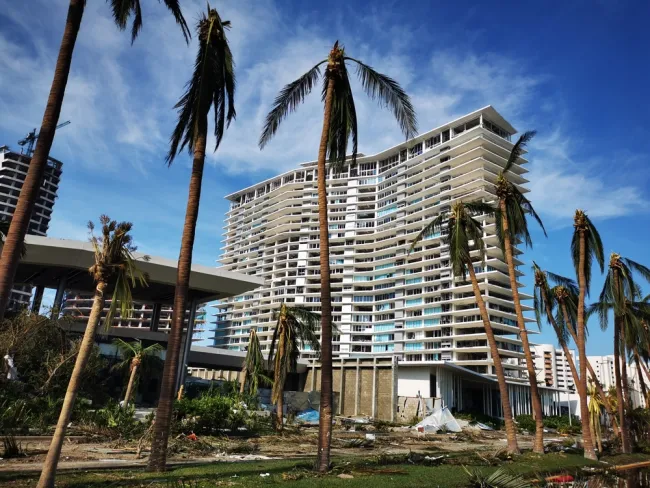Although you may believe that you are covered by your insurance coverage, the fine print may indicate otherwise. In order to safeguard your property and your peace of mind as the winds kick up, let us examine what most homeowners insurance actually covers during a hurricane.
Let us Talk About Risk First: Hurricanes and Alabama
During hurricane season, Alabama may not make the national news as often as Florida or Louisiana, but we are still in danger. Our state has suffered a good deal of damage from powerful tropical storms and powerful hurricanes. In 2020 alone, Hurricane Sally cost billions of dollars in damages.
Even so, a lot of homes in this area are unprepared, figuring that any storm-related damage is covered by their regular insurance.
Typical Coverages of Your Homeowners Insurance

The good news is that, while not comprehensive, the majority of ordinary homeowners policies include some protection in the event of a hurricane.
Covered:
Wind Damage: Your coverage will usually assist with the cost of repairs if your roof is torn off or a tree smashes through your window.
Rain Damage (if wind-driven): If a window is broken by wind and rain starts to pour in, that damage is usually covered.
Debris Removal: Broken shingles, fallen trees, and other storm debris? You could tidy it up with your policies.
Loss of Use: You may be compensated for lodging and meals if your house becomes uninhabitable.
Exempt (unless you include it):

Flooding is a significant issue. Flood damage is not covered by homeowner’s insurance. Unless you have a separate flood insurance policy, you are in serious trouble if rising water or storm surges get into your house.
Sewer Backups: A separate rider is usually required for water damage resulting from overloaded systems.
Mold: Water damage-related mold might not be completely covered, particularly if it was deemed preventable.
Alabama’s Flood Insurance Deficit
The most frequent and expensive—and least covered—aspect of a hurricane is flooding. According to FEMA, a property can sustain damage of nearly $25,000 from only one inch of water.
Flood insurance is crucial in Alabama, where a large number of residences are close to bays, rivers, and the Gulf Coast, but many people choose not to get it.
Flood insurance needs to be obtained independently from private insurers or through the National Flood Insurance Program (NFIP). Avoid waiting until a storm is building because it takes 30 days to start.
Actions You Can Take Immediately
Here are some things to do if you are unsure if your coverage is adequate or if you are anxious about what would occur if your house flooded:
1.Examine your policy
Check for exclusions by pulling out the documents or logging in online. Wind and storm damage deductibles are frequently greater than those for other claims, so be sure you check them.
2.Pose Particular Questions to Your Agent
Do not simply inquire, “Am I covered?” Rather, inquire, “What is my storm damage deductible?”
“Am I covered by flood insurance?”
“Is water backup or sump pump failure covered by this?”
3.Request a Quote for Flood Insurance
A quarter of flood claims originate from low- to moderate-risk areas, even if you live outside of a high-risk area. It may be less expensive than you think, and rates vary.
4.Make Your House Storm-Proof

Trim any limbs of the tree that are weak.
Strengthen doors and windows
Install a water alarm or sump pump in the basement.
In summary, the price of being unprepared is greater than that of a premium.
Nobody likes to consider a catastrophe. Living in Alabama, however, makes being prepared for hurricane season a need rather than a luxury. Although insurance cannot prevent a hurricane, it can speed up and lessen the financial burden of rebuilding.
Therefore, carefully review your coverage before the next hurricane strikes the Gulf. Your future self will be appreciative.



